Who is Taki Katei?
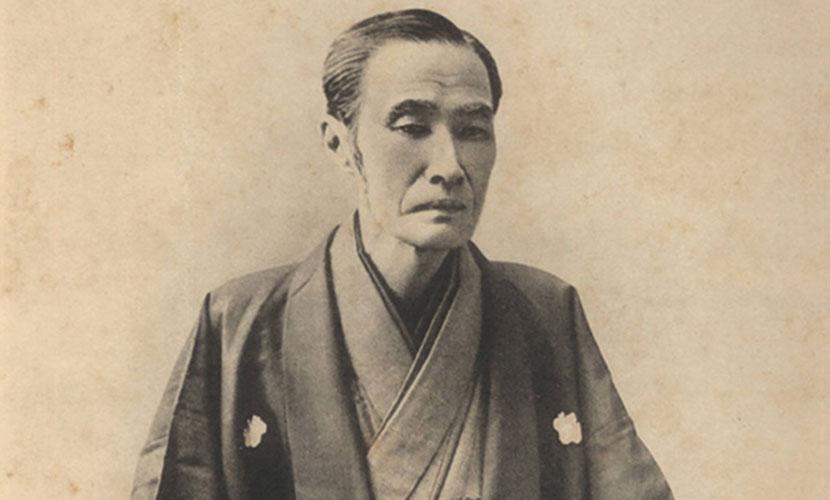
‘Drawing on Nature: Taki Katei’s Japan’ is now on at Word Museum, but who is Taki Katei? Here are our top ten facts about this forgotten master!
His father was a samurai
Taki Katei’s father was a masterless samurai (rōnin) who had moved from Aki Province to the shogun’s city. A rōnin was a samurai without a lord or master during the feudal period (1185–1868) of Japan. Taki Katei was said to be an excellent swordsman in his youth.
His works were displayed in the emperor’s personal suite
After winning a bronze award for his exhibit in Chicago in 1893, Taki Katei was appointed an Imperial Household Artist, one of only 8 painters to be honoured at that point in time. His works in the inner palace were held in the most prestigious area – the emperor’s personal suite.
He was the Highest paid royal artist
From 1881 Taki Katei produced numerous works for the imperial household and was the highest-paid painter in the scheme to decorate the new imperial palace, completed in 1888.
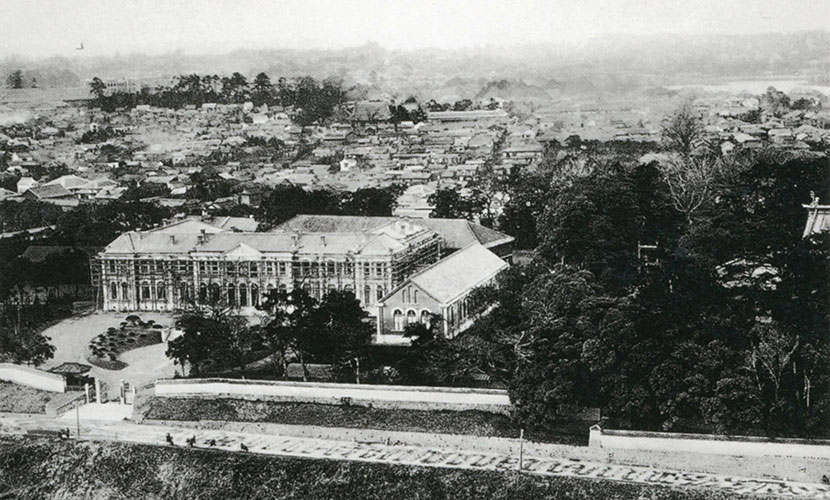
Reproduced from Ishiguro Keisho, Meiji, Taisho, Showa Tokyo shashin daishusei (Tokyo: Shinchosha, 2001)
He travelled 692 miles by foot
In 1850 aged 20, Katei left his home in Sendagaya in Edo (Tokyo) to travel the 692 mile journey to Nagasaki on foot. He made many stops on the way and visited numerous acquaintances, finally arriving in Nagasaki a year later!
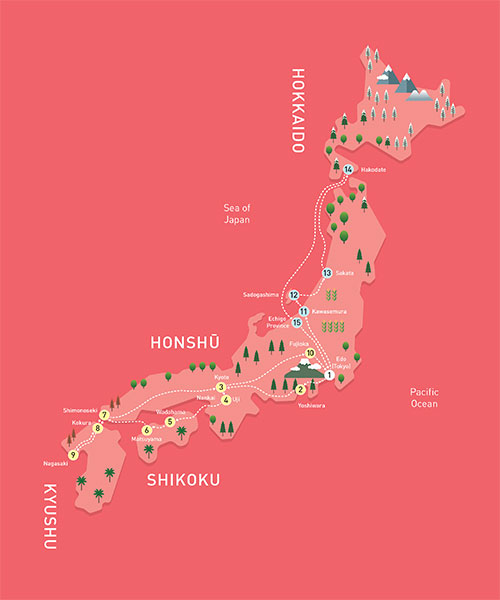
He was obsessed with the game Go
When he was not obsessively painting, Taki Katei would play the game Go for hours. An article in the Japan Art association bulletin entitled ‘Go Mania’ highlighted Katei’s superior qualities, placid disposition and steely determination.
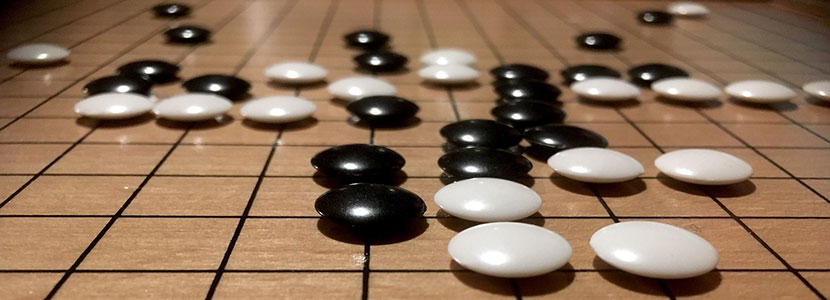
Many of his students were women
In a time when it was difficult for a woman to pursue a career in painting, it is surprising to learn that many of Katei’s students were women. Women were not allowed to enter the Tokyo School of Fine Arts at this time and so had to seek tuition in private studios like Katei’s.
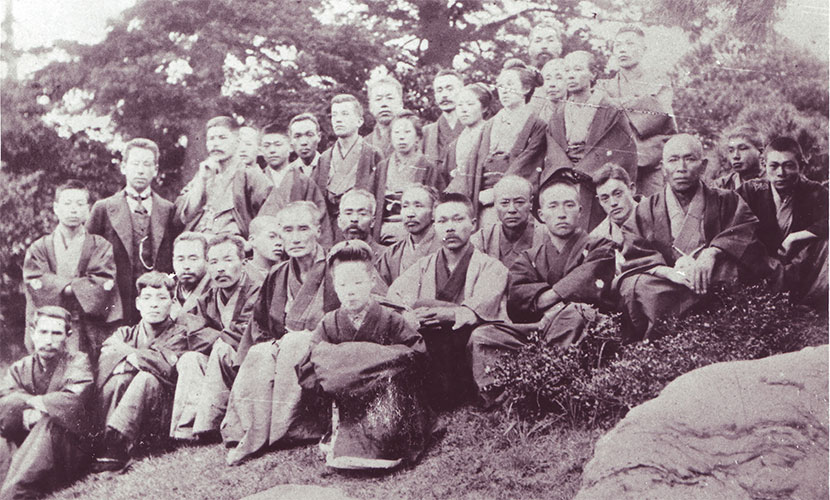
He spent years in training
No mark could be erased once a painter had set it down; so it required years of training. Taki Katei would have trained by repeated copying of models provided by his teacher, as well as by sketching from life. The sketches in the current exhibition are the models he made for his students, or the copies made by them.
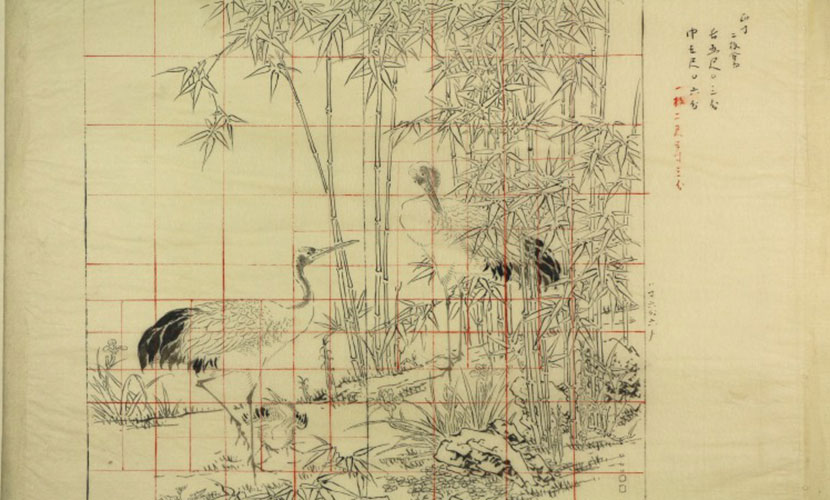
He was in the ‘in’ crowd
Until the mid-1880s Katei participated in the lively circle of scholars, authors, poets and painters who engaged in what is termed the “literati arts”, inspired by classical Chinese culture.
He was a man with many names
The name Katei means Harmony Pavillion, but Japanese artists were often given a gō name, or art name, by their teacher. Over his lifetime Katei used the names Suizan (Jade Mountain), Randen (Orchid Field), Kōkōkan (Hall of Hoeing Fragrance) and Meikei (Tea Valley).
He was inspired by Chinese culture
There were many different traditions of painting in Japan when Katei was training; he pursued a form that was deeply indebted to Chinese models and required extensive knowledge of classical Chinese poetry and competence in calligraphy.
